Originating in Germany, the Eurasier is a versatile and intelligent dog breed, known for its friendly and playful temperament. But there's more to this medium-sized dog than meets the eye.
From its adaptability in apartment living to its grooming needs, there's a wealth of information and characteristics to explore.
So, if you're curious about what makes the Eurasier such a beloved breed, keep reading to discover all you need to know.
Key Takeaways
- Eurasiers are a friendly and intelligent breed that is easy to train with positive reinforcement.
- They require moderate exercise and mental stimulation to keep them happy and healthy.
- Eurasiers have a calm and even-tempered nature, making them excellent companions for children of all ages.
- Proper socialization is important for Eurasiers to feel comfortable with strangers and other pets.
Origin and Size
The Eurasier dog breed originated in Germany and is known for its medium to large size. Male Eurasiers typically stand between 23-27 inches (58-69 cm) at the shoulder, while females are slightly smaller, measuring 20-24 inches (51-61 cm). In terms of weight, males range from 55-75 pounds (25-34 kg) and females weigh between 45-60 pounds (20-27 kg).
This breed falls under the non-sporting group and has a lifespan of 12-15 years. Eurasiers are friendly, playful, and highly intelligent, making them easy to train with positive reinforcement. They require 30-60 minutes of exercise per day and excel in various dog sports and activities.
Their grooming needs include weekly brushing and occasional baths. Despite their wolf-like appearance, Eurasiers have delicate eating tendencies. They also make excellent service dogs and can adapt well to apartment living.
Weight and Breed Group
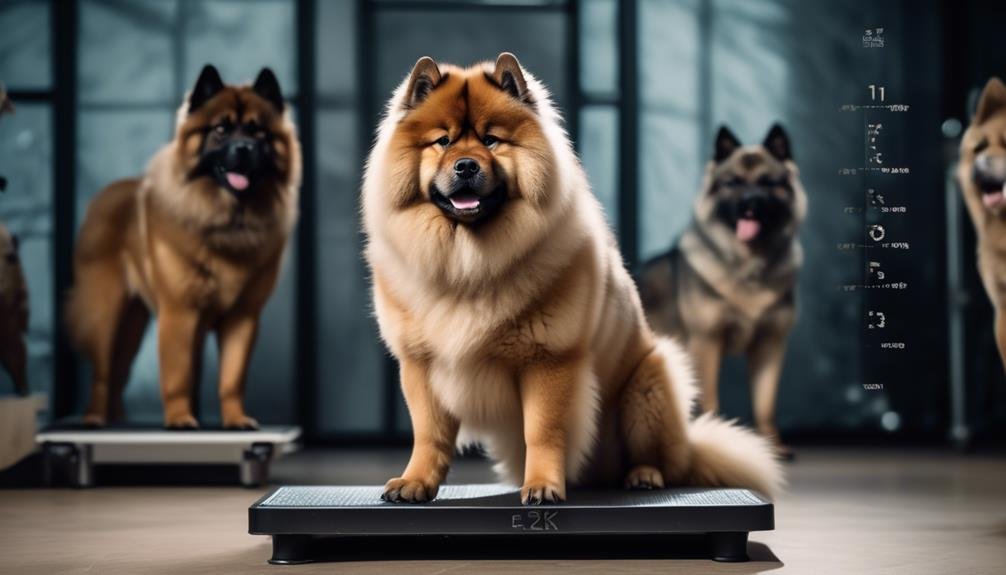
After discussing the origin and size of Eurasier dogs, it is important to now focus on their weight and breed group. Eurasiers are medium-sized dogs that have a weight range of 45-75 pounds (20-34 kg) depending on their gender. Males typically weigh between 55-75 pounds (25-34 kg), while females weigh around 45-60 pounds (20-27 kg). In terms of breed group, Eurasiers belong to the Non-sporting group. This group consists of diverse breeds that do not fit into any other specific category. Non-sporting dogs have a wide range of appearances, temperaments, and characteristics, making them a unique and varied group. To give a visual representation of the information, here is a table summarizing the weight range for Eurasiers:
| Gender | Weight Range (lbs) | Weight Range (kg) |
|---|---|---|
| Male | 55-75 | 25-34 |
| Female | 45-60 | 20-27 |
This table helps to provide a clear and organized presentation of the weight information for Eurasier dogs.
Lifespan and Temperament
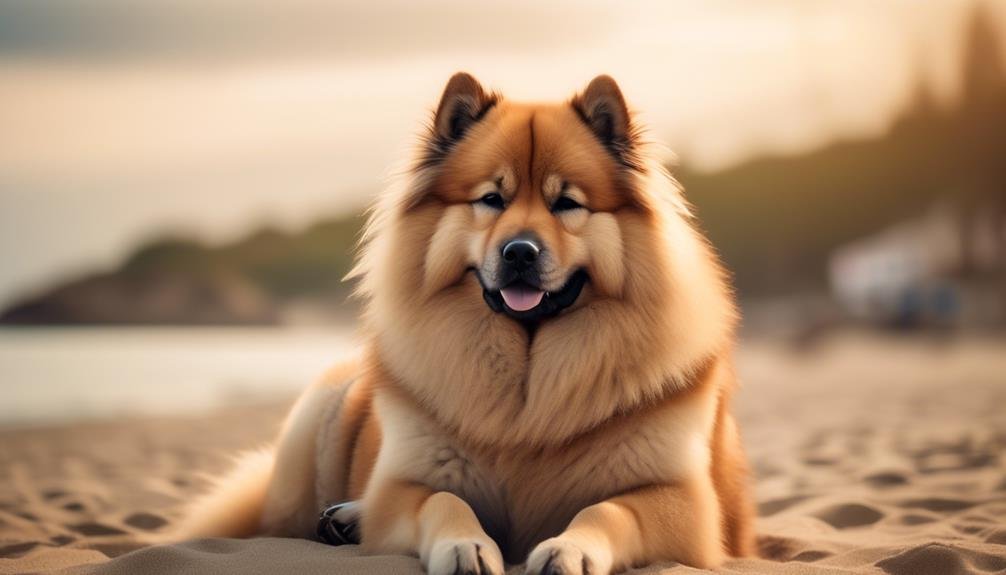
With a lifespan of 12-15 years, Eurasiers exhibit a friendly and playful temperament. They're known for their sociable nature, making them great companions for families and individuals alike.
Eurasiers are intelligent and independent, which can make training relatively easy with positive reinforcement techniques. However, their independent streak may also make them less inclined to always follow commands. Despite this, they're generally well-behaved and easy to manage.
Eurasiers have a calm and even-tempered nature, making them excellent companions for children of all ages. They can be reserved with strangers and may take time to warm up to new people. Proper socialization is important to help them become comfortable with other pets.
Training and Exercise
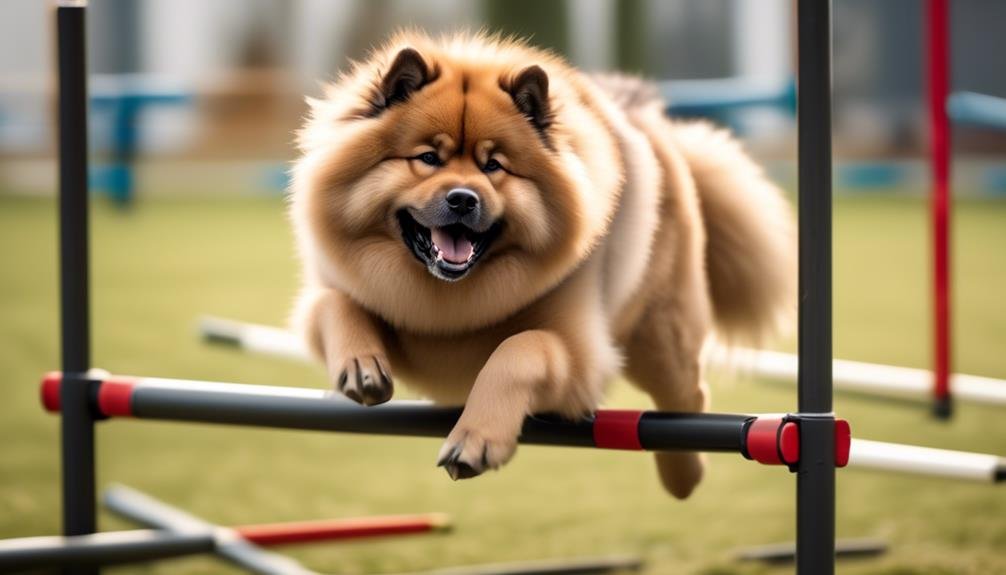
As we move into the topic of training and exercise, it's important to note that Eurasiers' friendly and playful temperament can greatly benefit from regular physical activity and mental stimulation. Here are three key points to consider:
- Exercise Requirement: Eurasiers require 30-60 minutes of exercise per day to maintain their physical and mental well-being. This can be achieved through daily walks, engaging in various dog sports and activities, or providing them with interactive toys that challenge their minds.
- Training: Eurasiers are intelligent and respond well to positive reinforcement training methods. They're eager to please their owners and can easily learn commands and tricks. Consistent training sessions with rewards and praise can help them develop good manners and obedient behavior.
- Mental Stimulation: In addition to physical exercise, Eurasiers thrive on mental stimulation. Engaging them in puzzle toys, obedience training, and interactive games can keep their minds sharp and prevent boredom.
Health and Grooming
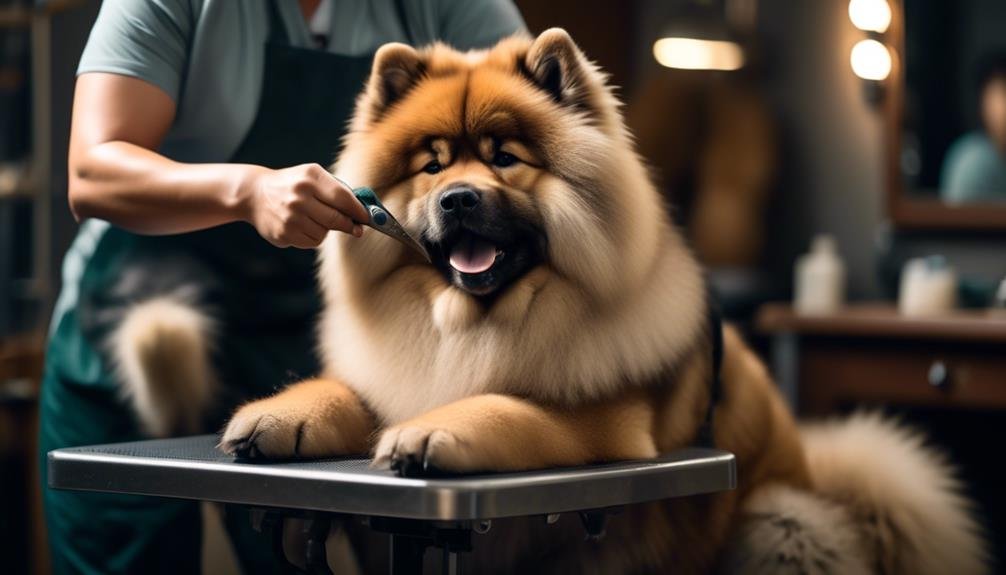
To ensure the overall well-being of Eurasiers, proper health care and grooming practices are essential. Eurasiers have a relatively low maintenance coat that requires weekly brushing and occasional baths to keep it clean and healthy. They have a calm and even-tempered nature, making them excellent companions for children of all ages. However, Eurasiers can be reserved and take time to become comfortable with strangers, so proper socialization is key. In terms of health, Eurasiers are generally a healthy breed, but they are prone to certain health problems such as hip dysplasia, elbow dysplasia, and eye problems. Regular vet check-ups and a balanced diet are important for maintaining their overall health. The table below provides a summary of the health and grooming needs of Eurasiers:
| Health and Grooming Needs | Description |
|---|---|
| Coat Care | Weekly brushing and occasional baths |
| Health Issues | Hip dysplasia, elbow dysplasia, and eye problems |
| Vet Check-ups | Regular visits to the veterinarian for health assessments |
| Diet | Balanced and nutritious food to maintain overall health |
Adaptability and Behavior
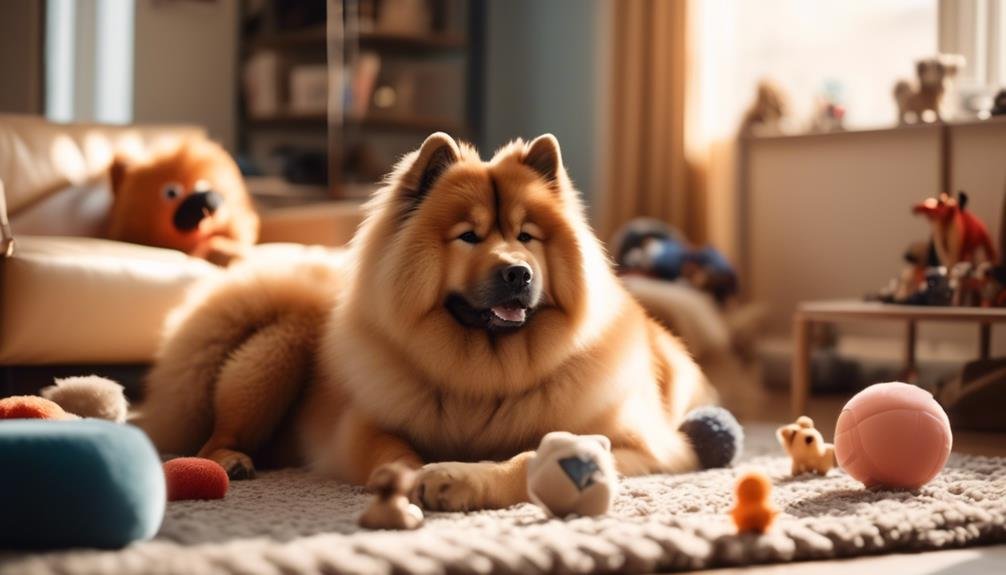
After addressing the health and grooming needs of Eurasiers, it's important to understand their adaptability and behavior. Eurasiers are known for their ability to adapt well to apartment living, but it's crucial to consider their behavior and size when selecting a dog for an apartment.
To help you understand their behavior better, here are three key points:
- Desirable qualities: Eurasiers are generally quiet, low-energy, and well-mannered, making them suitable for apartment living. They're friendly and playful but also independent and intelligent, which can make training easier with positive reinforcement.
- Aggression and vocalization: Aggression in dogs is often rooted in fear and anxiety, especially towards humans. The tendency to bark or howl can vary among breeds, and Eurasiers are generally not excessive barkers. However, it's important to note that individual personalities can differ.
- Wandering tendencies: Some dog breeds are more prone to wandering than others. While Eurasiers are generally well-behaved and have good recall skills, it's still important to provide them with proper exercise and mental stimulation to prevent boredom-induced wandering.
Feeding, Coat, and Interaction
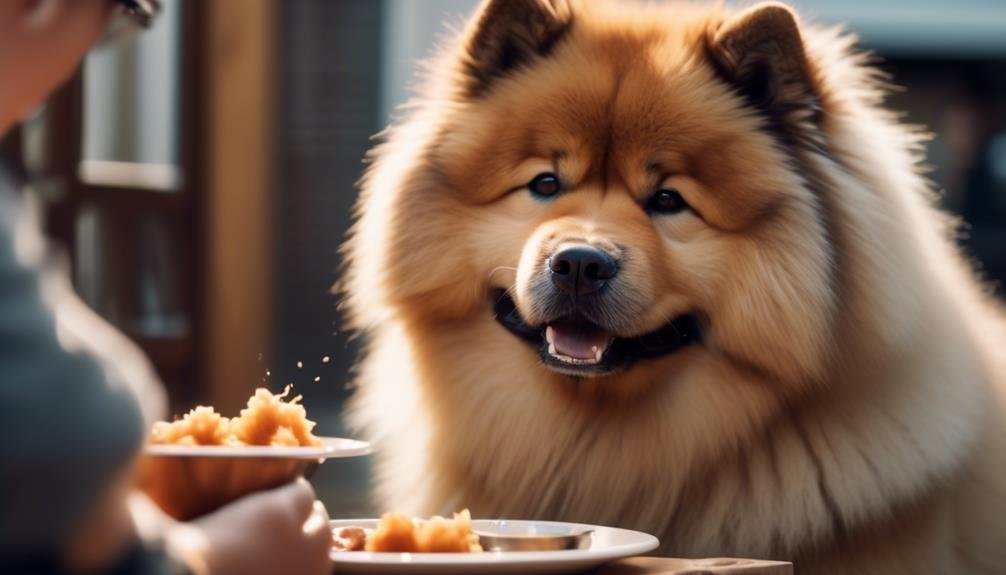
Eurasiers have specific dietary needs and a distinctive coat, as well as unique behaviors when it comes to interacting with both children and other pets. When it comes to feeding, Eurasiers are relatively light eaters and may appear picky or hesitant to eat. They have a calm and even-tempered nature, making them excellent companions for children of all ages. However, they can be reserved and take time to become comfortable with strangers. Proper socialization is key when introducing Eurasiers to other pets, as they require time to get acquainted. In terms of their coat, Eurasiers have a variety of main colors including black, black and tan, fawn, red, and wolf sable. Grooming Eurasiers is easy as they are easy to brush and maintain.
| Feeding | Coat |
|---|---|
| – Relatively light eaters | – Main colors include black, black and tan, fawn, red, and wolf sable |
| – May appear picky or hesitant to eat | – Easy to brush and maintain |
| – Calm and even-tempered nature | |
| – Excellent companions for children of all ages | |
| – Reserved with strangers | |
| – Require time to get acquainted with other pets |
Frequently Asked Questions
Are Eurasiers Good Guard Dogs?
Eurasiers are not typically known for being good guard dogs. While they may bark to alert their owners, they are generally friendly and not aggressive. Their calm and even-tempered nature makes them better suited as companions rather than guard dogs.
Do Eurasiers Tend to Be Vocal?
Yes, Eurasiers tend to be vocal. They have a tendency to bark or howl, although the extent of vocalization can vary among individuals. Proper training and socialization can help manage their vocal behavior.
How Do Eurasiers Interact With Other Dogs?
Eurasiers generally interact well with other dogs when properly socialized. They have a calm and even-tempered nature, which helps them establish good relationships. However, like all dogs, individual temperament and socialization play a significant role in their interactions.
Are Eurasiers Suitable for First-Time Dog Owners?
Eurasiers can be suitable for first-time dog owners. They are friendly, intelligent, and easy to train with positive reinforcement. However, it is important for owners to provide proper socialization and training to ensure a positive experience.
Can Eurasiers Be Left Alone for Long Periods of Time?
Eurasiers should not be left alone for long periods of time as they crave companionship and can become anxious or develop separation anxiety. They thrive in the presence of their owners and require regular human interaction.
What are the similarities and differences between Eurasier and Drever dog breeds?
The Eurasier and Drever dog breeds share some similarities in terms of their medium-size build and friendly nature. However, the Drever dog breed characteristics set it apart with its low, long body and strong hunting instincts, while the Eurasier is known for its thick, double coat and devoted temperament.
Conclusion
In conclusion, the Eurasier is a versatile and intelligent dog breed that makes an excellent companion for families.
With their friendly temperament and medium-sized stature, Eurasiers are well-suited for apartment living as long as their exercise needs are met.
Although they may be reserved with strangers, proper socialization can help overcome this.
Their low-maintenance coat and trainable nature make them a great choice for those seeking a devoted and well-rounded canine companion.




